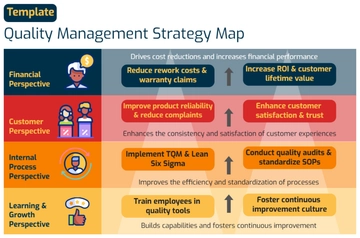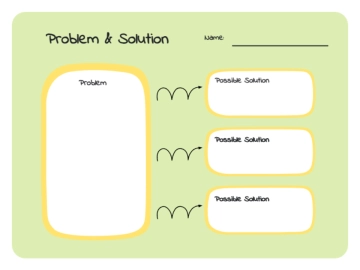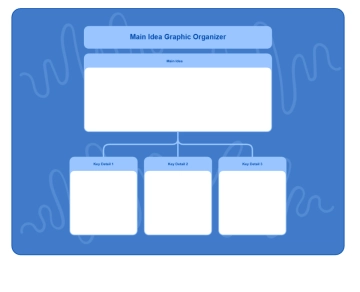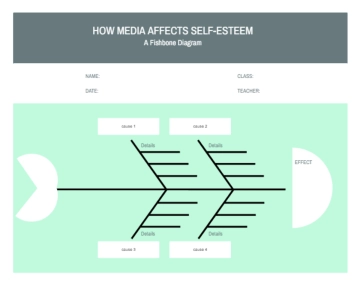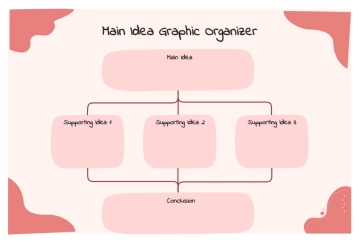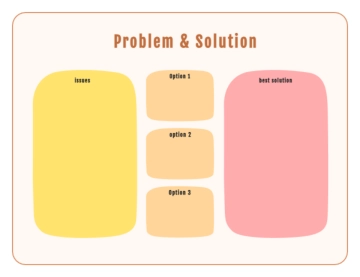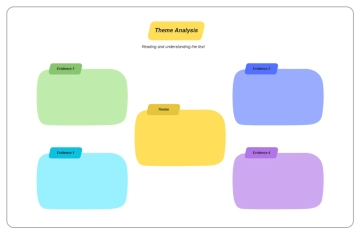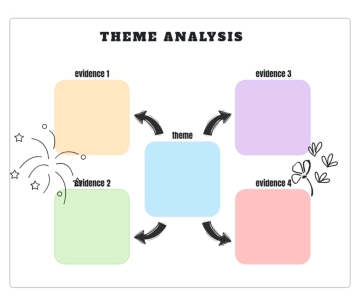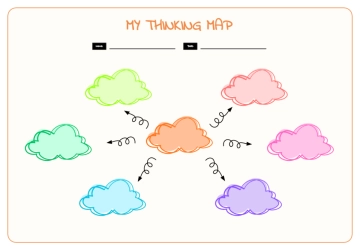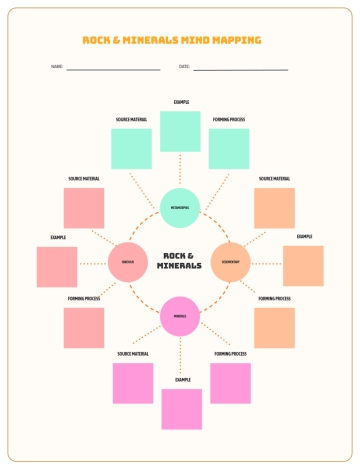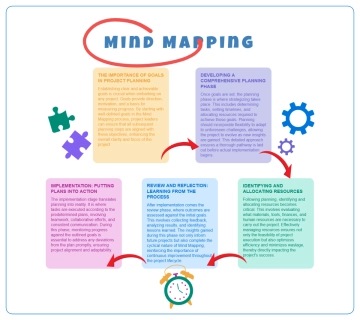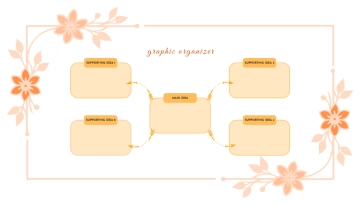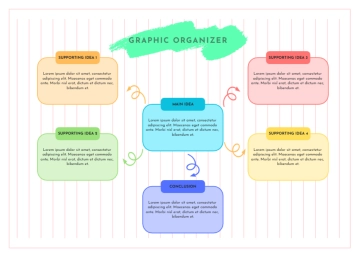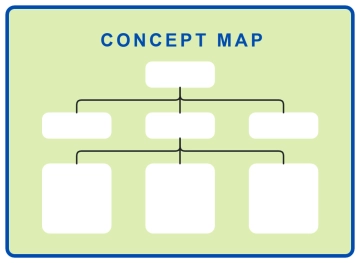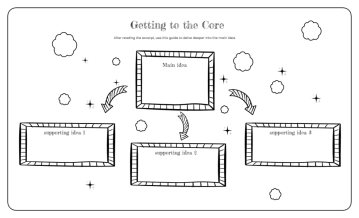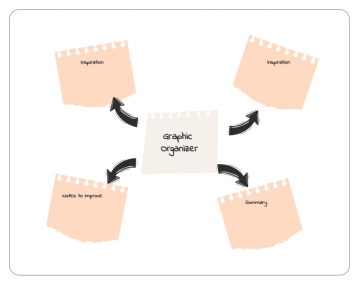Free Finance Long-Term Mergers & Acquisitions Strategy Plan
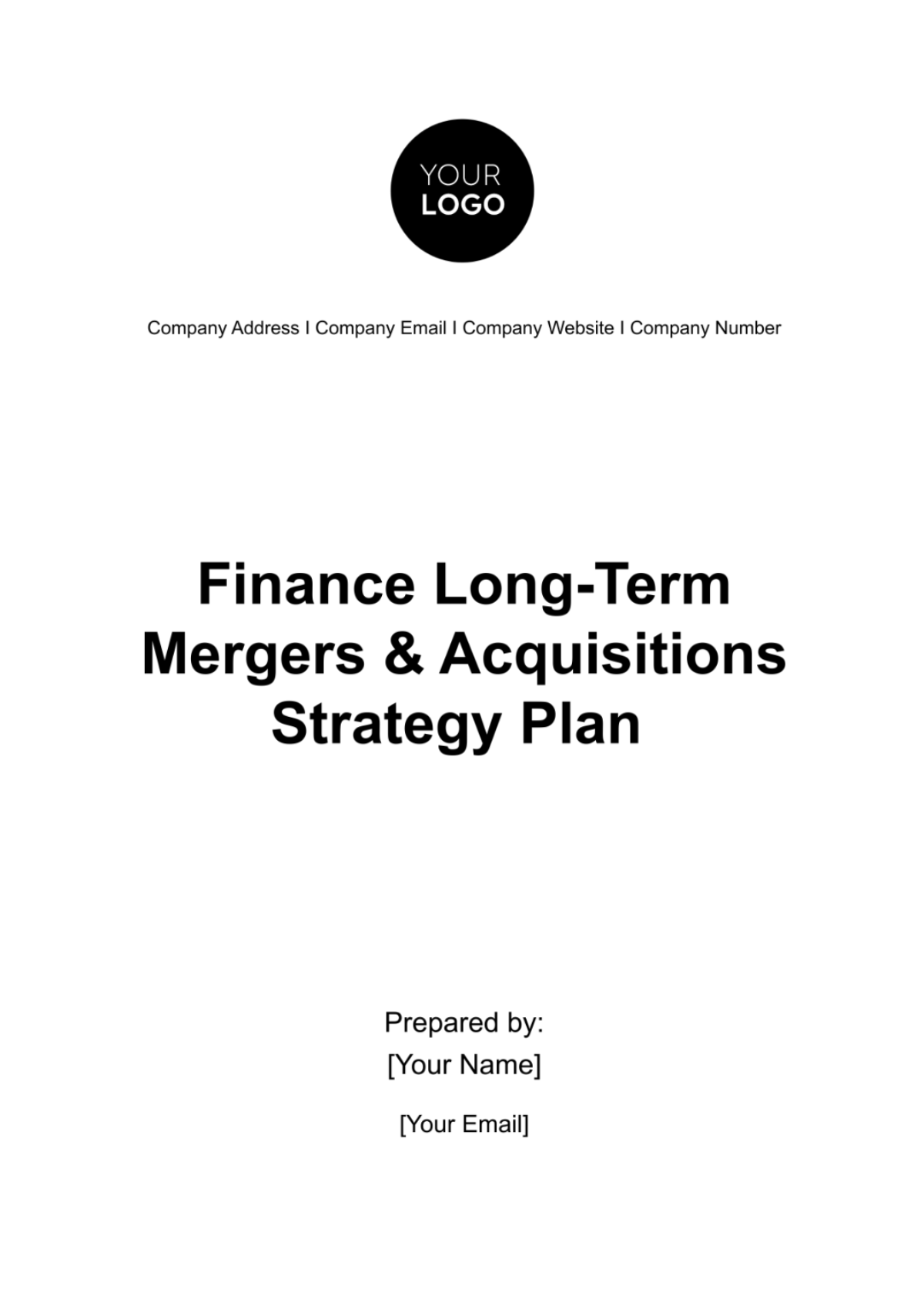
I. Executive Summary
Overview of the Strategy Plan
This detailed Mergers & Acquisitions Strategy Plan for [Your Company Name] is crafted to strategically guide our company through the complex process of identifying, acquiring, and successfully integrating businesses that align with our long-term growth objectives. Over the next five years, our focus will be on enhancing our competitive edge, expanding our market reach, and building a more diversified and robust portfolio.
Key Objectives and Goals
Market Share Growth: Aim to achieve at least a 30% increase in our core markets by the end of [20xx] through targeted acquisitions.
Global Expansion: Enter and establish a presence in at least two new international markets, focusing on regions with high growth potential.
Cost Synergies: Realize cost synergies amounting to 15% of the combined entities' operational costs within the first three years post-acquisition, thereby improving overall efficiency and profitability.
II. Market Analysis
Industry Overview
Year | Market Size ($B) | CAGR |
|---|---|---|
[20xx] | 450 | 4% |
[20xx] | 468 | 5% |
[20xx] | 490 | 4.5% |
[20xx] | 500 | 5% |
[20xx] | 525 | 5% |
Current Market Trends
Technological Advancements: The rapid advancement in artificial intelligence (AI) and machine learning (ML) technologies presents significant opportunities for [Your Company Name] to innovate and expand its product lines. The integration of AI into our existing products can lead to the development of smarter, more efficient solutions that cater to a broader range of customer needs.
Product Innovation: Utilization of AI in our [specific product line, e.g., home appliances] could lead to the creation of more intuitive and user-friendly products. For example, introducing AI-powered predictive maintenance in our home appliance line could revolutionize the user experience by anticipating and addressing maintenance needs before they become problematic.
Operational Efficiency: The implementation of ML algorithms in our manufacturing processes can significantly enhance operational efficiency. By analyzing production data, these algorithms can identify patterns and optimize workflows, reducing waste and increasing productivity.
Market Expansion: The adoption of AI technology allows us to enter new market segments that demand high-tech solutions, such as smart homes and automated industrial equipment.
Regulatory Changes
The recent amendments in the international trade regulations, particularly in the European Union, have opened new avenues for growth and competition for [Your Company Name]. These changes have reduced trade barriers and simplified export-import processes, allowing us to expand our market reach more efficiently.
Market Access: The easing of trade regulations in the European Union means that [Your Company Name] can now access a larger market with fewer bureaucratic hurdles. This is particularly beneficial for our electronic goods, which have significant demand in these markets.
Competitive Landscape: With the new regulations, there will be increased competition as other companies will also seek to capitalize on these opportunities. It is imperative for [Your Company Name] to leverage its strengths, such as brand reputation and product quality, to maintain a competitive edge.
Compliance and Strategy: While the easing of regulations is advantageous, it is crucial to stay vigilant and compliant with the evolving legal landscape. Our strategy should include regular reviews of trade policies and adapting our operations to meet these requirements.
Competitive Landscape Analysis
Company | Market Share | Growth Strategy |
|---|---|---|
Company A | 15% | Expansion in Asia |
Company B | 10% | Diversified Product Line |
Company C | 8% | M&A Activity |
Emerging Markets
The Asian and South American markets are exhibiting a rapid growth trend in the renewable energy sector, offering lucrative opportunities for [Your Company Name]. These regions have shown an increased commitment to sustainable energy solutions, which aligns with our strategic direction in renewable technologies.
Market Potential in Asia: With countries like India and China investing heavily in solar and wind energy, the demand for advanced renewable technology and services is on the rise. Our solar panel and wind turbine product lines are well-positioned to meet this growing demand.
Opportunities in South America: Nations such as Brazil and Argentina are expanding their renewable energy infrastructure. Our expertise in hydroelectric and biomass energy solutions can be leveraged to capture market share in these regions.
Product/Service Segment
The electric vehicle (EV) charging infrastructure segment is experiencing accelerated growth, aligning perfectly with our capabilities in high-efficiency power solutions. The increasing adoption of EVs globally has led to a surge in demand for reliable and accessible charging stations.
Market Dynamics: The shift towards electric vehicles is driving demand for more innovative and user-friendly charging solutions. Our advanced charging stations, equipped with fast-charging technology and smart grid compatibility, are well-suited to meet these market needs.
Strategic Fit: This segment complements our existing product range in sustainable energy solutions, allowing for synergies in R&D, production, and distribution.
III. Identification of Potential Targets
Criteria for Target Selection
Financial Health: Targets should have EBITDA margins above 20% for the past three years.
Strategic Fit: Companies that complement our existing product lines or have a significant presence in desired geographic locations.
Cultural Alignment: Companies with similar corporate values, employee engagement levels, and management styles.
Methodology for Identifying Potential Targets
We will employ a multi-faceted approach combining internal research capabilities with insights from external consulting firms to create a comprehensive target list. Below is the preliminary target list:
Company | EBITDA Margin | Strategic Fit | Geographic Presence |
|---|---|---|---|
[Company Name] | [Percentage] | Low/Moderate/High | [Location] |
IV. Due Diligence
Financial Due Diligence
Valuation Methods: We will use both Discounted Cash Flow (DCF) and Comparable Company Analysis (CCA) to estimate the fair value of potential targets.
Financial Review: A thorough examination of the target's financial statements, including income statements, balance sheets, and cash flow statements for the past five years.
Legal Due Diligence
Contractual Obligations: Review of all material contracts, including supplier agreements, customer contracts, and employment agreements.
Litigation History: Assessment of any past or ongoing legal issues that might impact the acquisition.
Operational Due Diligence
Operational Efficiencies: Evaluation of the target’s operations, including supply chain efficiency, production capabilities, and technology infrastructure.
Market Position: Analysis of the target's market position, customer base, and competitive advantages.
Cultural and Organizational Due Diligence
Employee Engagement: Conduct surveys to gauge employee satisfaction and engagement levels within the target organization.
Leadership Assessment: Evaluate the strength and compatibility of the target company’s leadership team with [Your Company Name].
V. Acquisition Strategy
Our preferred approach is to pursue friendly acquisitions. This strategy ensures smoother transitions, better cooperation from the target company's management, and generally more favorable reactions from employees and other stakeholders.
Financing Strategies
Capital Allocation: A mix of cash reserves and strategic debt financing will be utilized, depending on the size and nature of the acquisition.
Equity Consideration: In larger acquisitions, we may consider offering stock options as part of the deal to align interests and provide an incentive for continued success.
Synergy Realization Plan
Operational Synergies: Focus on consolidating overlapping departments and functions to achieve operational efficiencies.
Supplier Negotiations: Leverage the increased purchasing power of the combined entity to renegotiate supplier contracts for better terms.
VI. Integration Plan
Integration Framework and Timeline
First 100 Days | Immediate focus on integrating critical business functions and aligning key processes. |
18-Month Full Integration | Complete organizational and operational integration, with all systems and processes fully merged. |
Organizational Structure Post-Merger
Leadership Integration: Key leaders from the acquired company will be incorporated into our management structure to ensure continuity and leverage their expertise.
Departmental Restructuring: Departments will be restructured to align with the new organizational goals and eliminate redundancies.
Communication Plan
Internal Communication: Regular internal updates via email, intranet, and town hall meetings to keep employees informed and engaged.
External Communication: Consistent updates to external stakeholders, including press releases and investor calls, to maintain transparency and confidence.
Risk Management and Contingency Planning
Risk Identification: Identifying potential risks such as cultural clashes, customer attrition, and operational disruptions.
Contingency Plans: Develop specific action plans for each identified risk to ensure swift and effective response.
VII. Performance Monitoring and Evaluation
Key Performance Indicators (KPIs)
KPI | Target | Time Frame |
|---|---|---|
Revenue Growth | 20% | 2 Years |
Cost Synergy Realization | 15% | 3 Years |
Employee Retention Rate | 90% | 1 Year |
Regular Reporting and Review Process
Quarterly Reviews: Scheduled quarterly meetings to assess progress against KPIs and address any issues.
Stakeholder Reporting: Regular updates to stakeholders on integration progress and performance.
An annual review assessing how the acquisitions have contributed to achieving our strategic objectives and enhancing shareholder value.
VIII. Risk Management and Compliance
Identification of Key Risks
Financial Overvaluation: Risks associated with paying more than the intrinsic value of the target company.
Operational Integration Risks: Challenges in merging different operational systems and processes.
Regulatory Compliance Risks: Ensuring compliance with varying regulatory requirements across different markets.
Compliance with Legal and Regulatory Requirements
Regular Audits: Conduct audits and compliance reviews to ensure adherence to all applicable laws and regulations.
Expert Consultation: Engaging legal and financial experts to navigate complex regulatory landscapes.
Risk Mitigation Strategies
Conducting comprehensive due diligence to identify and assess potential risks before finalizing any acquisition.
Forming specialized teams to manage and mitigate identified risks effectively.
IX. Stakeholder Management
Regular briefings and updates to investors and the board of directors.
Continuous engagement with employees through internal communication channels, feedback sessions, and involvement in integration activities.
Proactively managing stakeholder expectations by providing clear, transparent communication and addressing concerns promptly and effectively.
X. Conclusion and Future Outlook
As we conclude this comprehensive Mergers & Acquisitions Strategy Plan for [Your Company Name], it's evident that the outlined approach sets a clear and strategic pathway for our company's growth through thoughtful acquisitions. This plan aligns with our overarching business objectives, positioning us for significant strides in market expansion, operational efficiencies, and shareholder value enhancement. The focus on emerging markets, particularly in Asia and South America, and on burgeoning product segments like the electric vehicle charging infrastructure, underscores our commitment to staying at the forefront of industry trends and technological advancements.
Looking ahead, the dynamic nature of the global market necessitates that we remain flexible and responsive to new opportunities and challenges. Our M&A strategy will be subject to ongoing evaluation and adjustment to ensure it continues to align with our evolving business goals and the external market environment. By maintaining a proactive stance and leveraging our strengths, [Your Company Name] is poised to not only navigate the complexities of future M&As but to thrive and emerge as a stronger, more diversified entity.
- 100% Customizable, free editor
- Access 1 Million+ Templates, photo’s & graphics
- Download or share as a template
- Click and replace photos, graphics, text, backgrounds
- Resize, crop, AI write & more
- Access advanced editor
Uncover the Finance Long-Term Mergers & Acquisitions Strategy Plan Template from Template.net. Crafted for precision and adaptability, this editable and customizable template is a vital tool for formulating robust long-term M&A strategies. It provides a structured framework for finance professionals to systematically plan and execute successful mergers and acquisitions. So, start editing the template now with our Ai Editor Tool.
You may also like
- Finance Plan
- Construction Plan
- Sales Plan
- Development Plan
- Career Plan
- Budget Plan
- HR Plan
- Education Plan
- Transition Plan
- Work Plan
- Training Plan
- Communication Plan
- Operation Plan
- Health And Safety Plan
- Strategy Plan
- Professional Development Plan
- Advertising Plan
- Risk Management Plan
- Restaurant Plan
- School Plan
- Nursing Home Patient Care Plan
- Nursing Care Plan
- Plan Event
- Startup Plan
- Social Media Plan
- Staffing Plan
- Annual Plan
- Content Plan
- Payment Plan
- Implementation Plan
- Hotel Plan
- Workout Plan
- Accounting Plan
- Campaign Plan
- Essay Plan
- 30 60 90 Day Plan
- Research Plan
- Recruitment Plan
- 90 Day Plan
- Quarterly Plan
- Emergency Plan
- 5 Year Plan
- Gym Plan
- Personal Plan
- IT and Software Plan
- Treatment Plan
- Real Estate Plan
- Law Firm Plan
- Healthcare Plan
- Improvement Plan
- Media Plan
- 5 Year Business Plan
- Learning Plan
- Marketing Campaign Plan
- Travel Agency Plan
- Cleaning Services Plan
- Interior Design Plan
- Performance Plan
- PR Plan
- Birth Plan
- Life Plan
- SEO Plan
- Disaster Recovery Plan
- Continuity Plan
- Launch Plan
- Legal Plan
- Behavior Plan
- Performance Improvement Plan
- Salon Plan
- Security Plan
- Security Management Plan
- Employee Development Plan
- Quality Plan
- Service Improvement Plan
- Growth Plan
- Incident Response Plan
- Basketball Plan
- Emergency Action Plan
- Product Launch Plan
- Spa Plan
- Employee Training Plan
- Data Analysis Plan
- Employee Action Plan
- Territory Plan
- Audit Plan
- Classroom Plan
- Activity Plan
- Parenting Plan
- Care Plan
- Project Execution Plan
- Exercise Plan
- Internship Plan
- Software Development Plan
- Continuous Improvement Plan
- Leave Plan
- 90 Day Sales Plan
- Advertising Agency Plan
- Employee Transition Plan
- Smart Action Plan
- Workplace Safety Plan
- Behavior Change Plan
- Contingency Plan
- Continuity of Operations Plan
- Health Plan
- Quality Control Plan
- Self Plan
- Sports Development Plan
- Change Management Plan
- Ecommerce Plan
- Personal Financial Plan
- Process Improvement Plan
- 30-60-90 Day Sales Plan
- Crisis Management Plan
- Engagement Plan
- Execution Plan
- Pandemic Plan
- Quality Assurance Plan
- Service Continuity Plan
- Agile Project Plan
- Fundraising Plan
- Job Transition Plan
- Asset Maintenance Plan
- Maintenance Plan
- Software Test Plan
- Staff Training and Development Plan
- 3 Year Plan
- Brand Activation Plan
- Release Plan
- Resource Plan
- Risk Mitigation Plan
- Teacher Plan
- 30 60 90 Day Plan for New Manager
- Food Safety Plan
- Food Truck Plan
- Hiring Plan
- Quality Management Plan
- Wellness Plan
- Behavior Intervention Plan
- Bonus Plan
- Investment Plan
- Maternity Leave Plan
- Pandemic Response Plan
- Succession Planning
- Coaching Plan
- Configuration Management Plan
- Remote Work Plan
- Self Care Plan
- Teaching Plan
- 100-Day Plan
- HACCP Plan
- Student Plan
- Sustainability Plan
- 30 60 90 Day Plan for Interview
- Access Plan
- Site Specific Safety Plan
